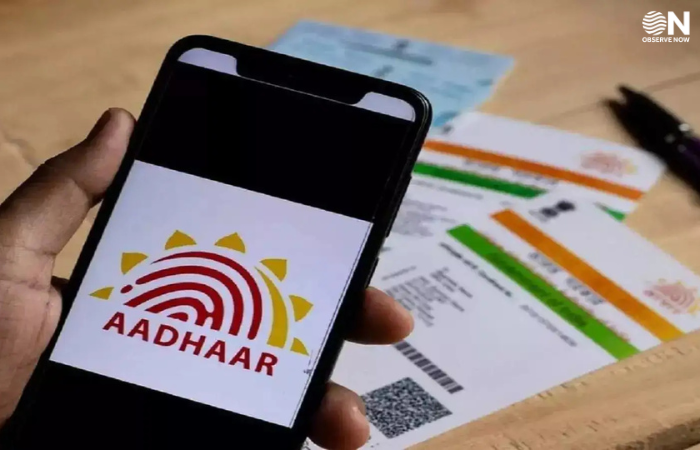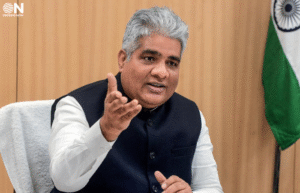UIDAI Leverages AI, State Databases in Crackdown on Aadhaar Misuse

India’s Unique Identification Authority (UIDAI) is rolling out a robust set of new measures to curb Aadhaar-related fraud, reflecting growing concern over the misuse of identity credentials. A key proposal is to limit how often individuals can change their date of birth and biometric data—fingerprints and iris scans—with such updates becoming permissible only under valid, government-issued documentation. For example, altering birth dates will now require an original birth certificate that UIDAI will verify directly against the primary state database. The same applies to biometric updates, which will largely be restricted to elderly individuals whose physical attributes naturally evolve.
To further strengthen authentication, UIDAI is integrating with as many as 35 state-level databases and central repositories, including PAN, CBSE mark sheets, and MGNREGA records. These linkages enable the authority to verify citizen data at the source, reducing the risk of identity manipulation—such as inflating age to claim benefits or lowering age to bypass eligibility limits for education or employment.
On the technological front, UIDAI is deploying advanced AI/ML algorithms to identify anomalies in biometric submissions—such as mismatched fingerprints or spoofed images—and to ensure the authenticity of facial photos. These tools can analyze whether a fingerprint comes from a live finger and cross-check images against immigration databases. State-approved QR-based offline KYC options are also being made more user-friendly, aligning with financial-sector privacy standards.
The drive to decommission the use of physical Aadhaar photocopies in favour of a secured digital sharing mechanism via QR codes also continues apace. This initiative, already in pilot stages at property registration offices, aims to reduce document tampering and strengthen user control during identity verification. These new safeguards come amid indications that nearly 1.2 crore Aadhaar numbers linked to deceased individuals have been deactivated, part of a broader effort to prevent misuse in social-welfare programs.
These reforms highlight UIDAI’s commitment to building a more foolproof identity system. By limiting frequent changes, verifying data at the source, and harnessing AI-driven checks, the authority is reinforcing Aadhaar’s role as a secure digital identity backbone—for government schemes as well as private-sector services. These efforts are expected to not only reduce fraud risks but also strengthen public trust, an essential factor in India’s broader digital governance framework.
















